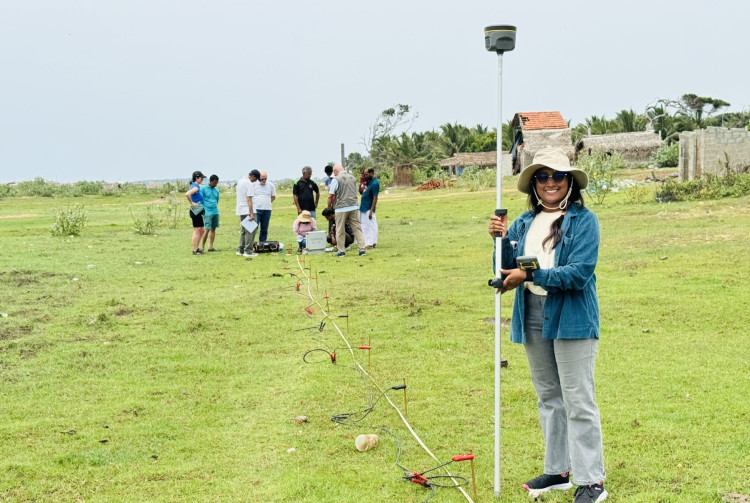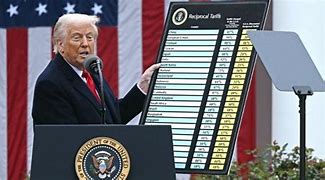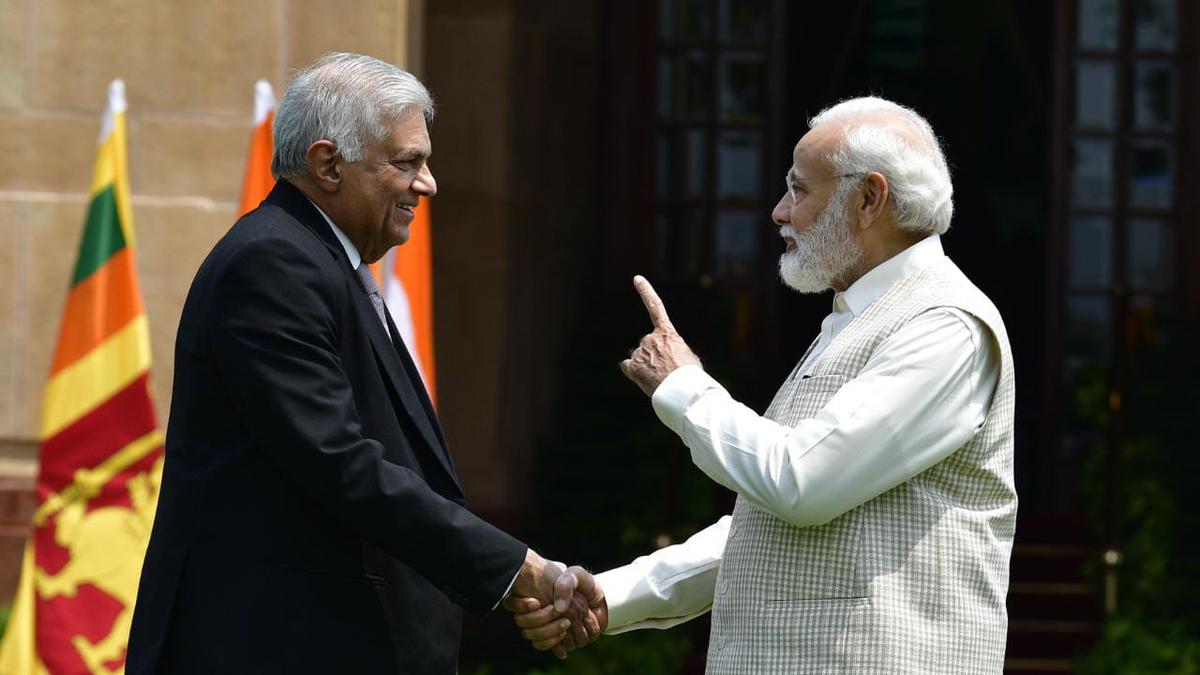In the face of uncertainties surrounding the future operations of the United States Agency for International Development (USAID), President Donald Trump’s administration has released a 36-point questionnaire directed at UN agencies and recipients of US foreign assistance. The purpose of the questionnaire is to gauge their positions and includes requests to ensure they are not collaborating with ‘entities associated with communist, socialist, or totalitarian parties, or any party that espouses anti-American beliefs.’ Additionally, it asks, ‘how much does this project directly impact efforts to counter malign influence, including China?
The 90-day freeze on USAID funding has had a profound impact on global humanitarian projects, particularly those implemented by non-governmental organizations (NGOs) in developing countries. USAID and the State Department jointly manage the majority of nonmilitary aid. Before the freeze, USAID allocated around $40 billion annually to global projects aimed at promoting democracy, countering authoritarianism, alleviating hunger, and improving health, among other objectives. In 2023, the United States disbursed USD 72 billion, representing 1.2 percent of its total budget, to over 200 countries for 20,000 activities. In this scenario, the questionnaire demonstrates how the Trump administration plans to redirect USAID’s future funding to ‘ensure it aligns with an America First agenda’, as explained by the State Department.
Sri Lanka is also one of the South Asian countries hit by the temporary suspension of US foreign aid programs. According to the US embassy in Sri Lanka, since 1956, the United States has provided more than $2 billion (approximately 720 billion Sri Lankan rupees) in development assistance to Sri Lanka across various sectors. USAID is the single largest donor in Sri Lanka among western donor agencies. In 2023 and 2024, Sri Lanka benefited from $120 million and $110 million respectively from various US aid programs. Following the USAID controversy, the Sri Lankan government stated that it “may have to go for alternatives” to fill the gap, though it appears to lack the capacity to do so. Consequently, Sri Lanka may need to seek assistance from India or turn to China.
The suspension of USAID operations has led to two primary reactions in Sri Lanka. Firstly, the abrupt halt of USAID-funded projects has created significant uncertainty, particularly affecting the activities of non-governmental organizations (NGOs). Secondly, local political groups have raised questions about the past activities of USAID. Recently, these groups gathered in front of the US Embassy in Colombo, demanding that NGOs benefiting from USAID funding provide detailed reports on how the money was spent.
One of their main allegations concerns the Media Empowerment for a Democratic Sri Lanka (MEND) project, which is described as a “crazy waste of Americans’ tax money” by billionaire Elon Musk, head of the Department of Government Efficiency (DOGE) established by an executive order from President Donald Trump. MEND is one of the USAID-funded projects in Sri Lanka implemented by the International Research and Exchanges Board (IREX). The project was allocated $7.9 million to train Sri Lankan journalists to avoid binary-gendered language.
President Trump also posted on his X platform, stating, “George Soros received $260,000,000.00 from USAID and used this money to spread chaos, change governments, and for personal gain in Sri Lanka, Bangladesh, Ukraine, Syria, Iran, Pakistan, India, the UK, and the US.”. Groups that stimulate speculations about USAID’s involvement have utilized these statements to push for an investigation into USAID’s spending in Sri Lanka.
However, blaming foreign countries and agencies during regime changes in Sri Lanka is not new political rhetoric. Conspiracy theories are common in Sri Lankan mainstream politics, and minority parties are also not exempt from this. Following his defeat in the 2015 presidential election, former President Mahinda Rajapaksa immediately pointed fingers at Indian intelligence and then US intelligence.
It is true that the involvement of foreign agencies in the 2015 regime change was somewhat exaggerated. In 2015, US Secretary of State John Kerry visited Sri Lanka and stated that the country had achieved democracy and should use this as a basis for “look ahead.” Some in Sri Lanka misinterpreted this as Kerry acknowledging a US-backed regime change. In reality, his words had a different perspective, noting that “the past year also marked important democratic gains in such countries as Nigeria, Burma, Sri Lanka, and Venezuela.”
Despite an observation that Kerry’s trip was “being read locally as an increasing stamp of approval for the new government,” subsequent events disproved these assumptions. The regime change was insufficient to justify stories of foreign interference. The rapid collapse of the 2015 regime change allowed the Rajapaksa clan to regain power. If foreign entities were involved in the regime change, why did they not attempt to make it permanent? This question challenges the accusations against USAID. Moreover, if there was a US hand behind the regime change, it indicates that the US attempt failed.
The people of Sri Lanka have undoubtedly benefited greatly from USAID contributions since 1961. However, it is difficult to ascertain the exact benefits that the United States has derived from this foreign aid. Strengthening civil society is a crucial aspect of USAID funding programs, with one-third of the funding directed to civil society-based local NGOs. These funding supports initiatives focused on reconciliation and social cohesion in Sri Lanka. It is difficult to answer questions from an American perspective about the effectiveness of these projects in advancing US foreign policy interests.
Against this backdrop, the new step should be should be comprehended. President Trump’s executive order to freeze funding underscores the notion that USAID programs are not fully aligned with the foreign policy of the President of the United States’. During a trip to El Salvador, Secretary of State Marco Rubio provided a different viewpoint, telling reporters, “We fund programs irrespective of whether it’s aligned or not aligned with foreign policy. That’s ridiculous.” The principal criticism of stopping USAID funding has raised concerns about exploitation by rival powers. The lingering question is whether traditional USAID programs, like the reconciliation project in Sri Lanka, have succeeded in countering China’s influence. Sri Lanka presents a clear example suggesting the contrary. It remains challenging to determine how programs for civil society empowerment, human rights promotion, and gender projects funded by USAID after the war ended in 2009 have advanced US global interests, as China’s soft power influence continues to grow in Sri Lanka.
USAID was established by President John F. Kennedy in 1961 through an executive order, leveraging the authority of the 1961 Foreign Assistance Act, during the height of the Cold War to counter Soviet influence abroad. For the past sixty years, USAID has functioned as a soft power instrument to safeguard US global interests. However, in the current Sino-US geopolitical chess, the Trump administration appears to believe that USAID programs are not effective in addressing new challenges. As the world shifts towards a new Cold War atmosphere, the US administration’s stance indicates that traditional foreign aid programs are outdated. In his 1949 inaugural address, President Harry S. Truman identified four priorities for US foreign policy, one of which was “a bold new program for making the benefits of our scientific advances and industrial progress available for the improvement and growth of underdeveloped areas.”
The world that supports the Rule-Based International Order anticipates a bold new foreign aid strategy from the Trump administration. Sri Lanka, given its pivotal geo-strategic location within the Indian Ocean Region, has the potential to succumb to illiberal influence, challenging the US Indo-Pacific Strategy.




